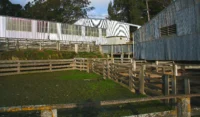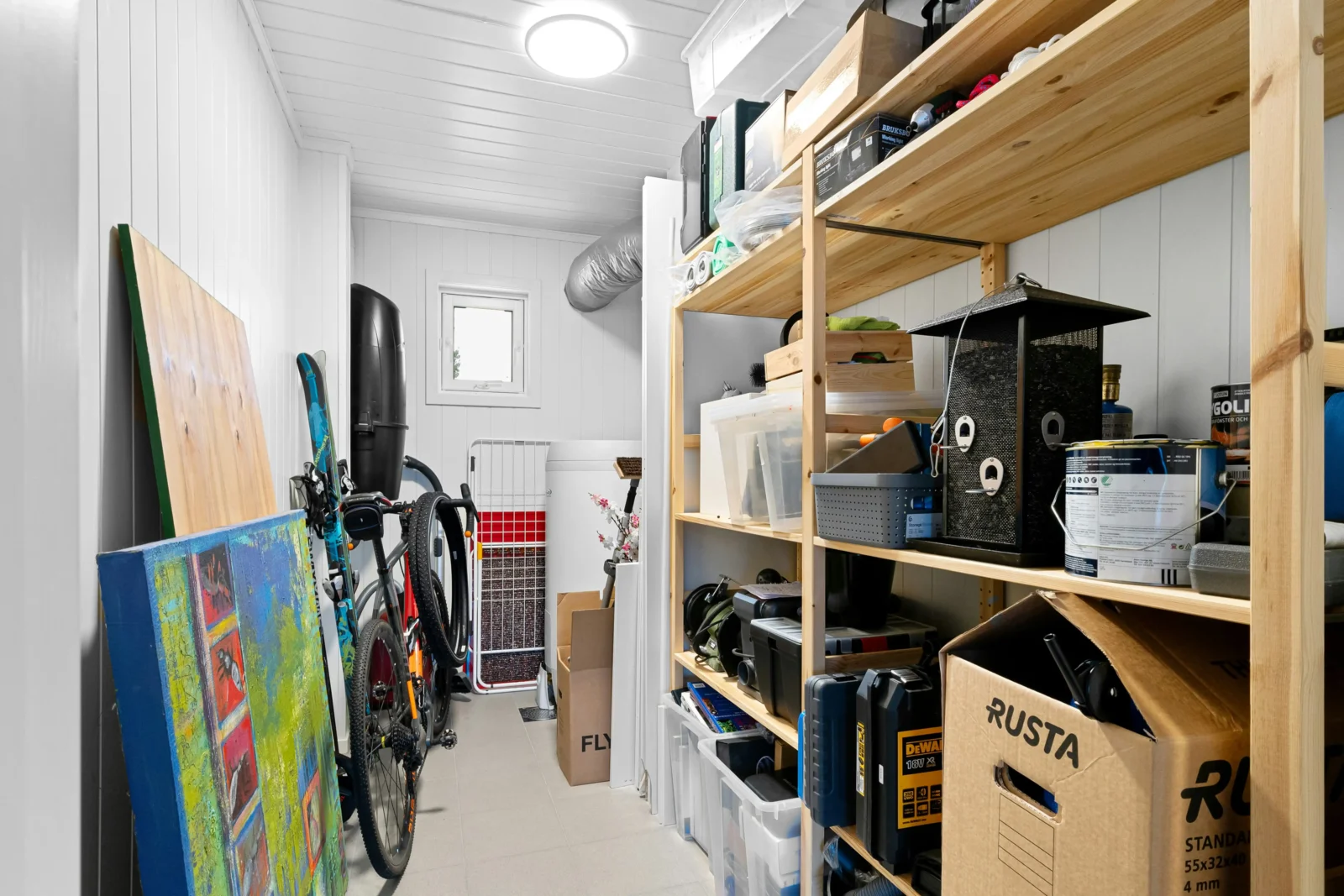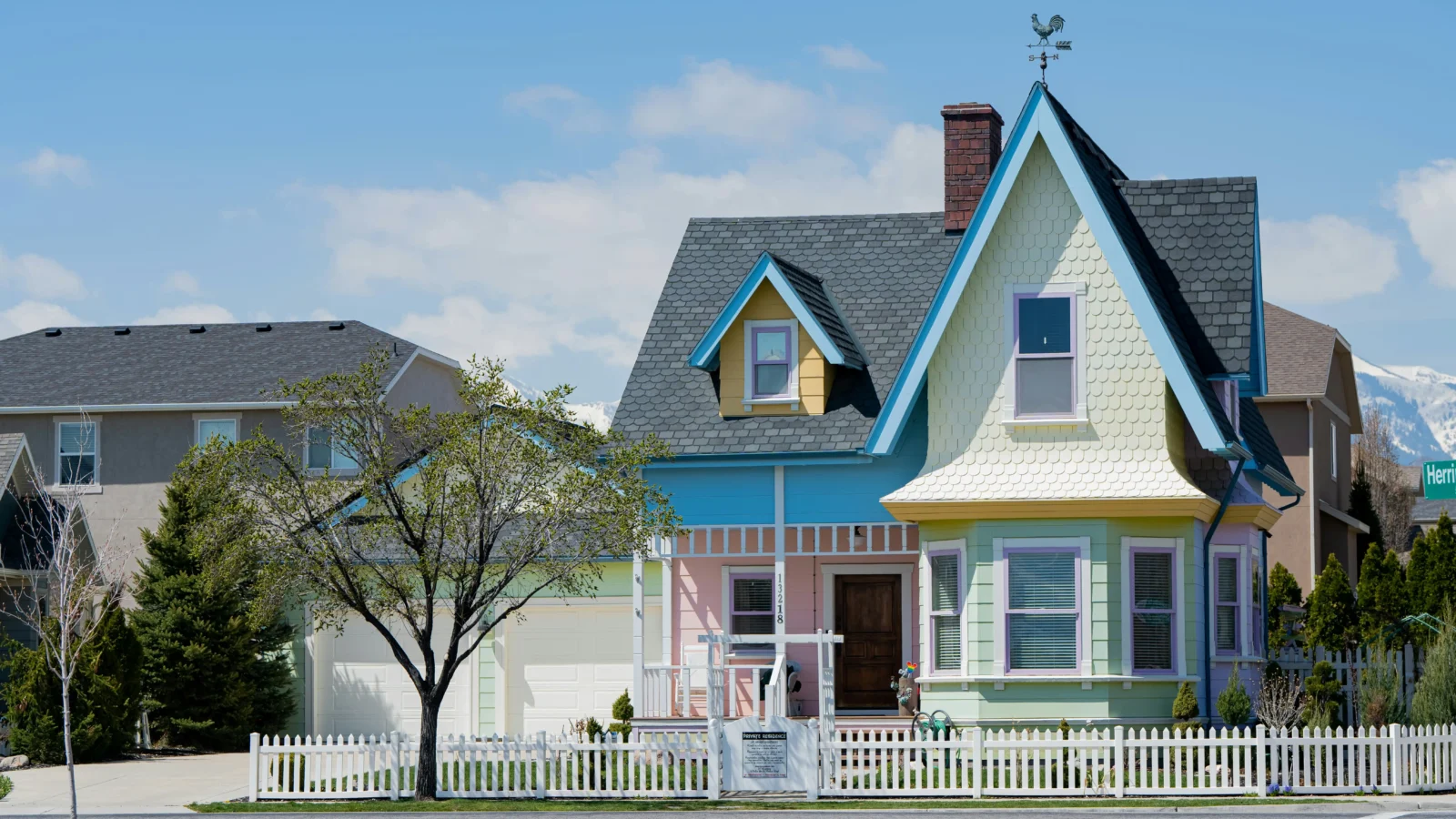- Home
- Articles
- Architectural Portfolio
- Architectral Presentation
- Inspirational Stories
- Architecture News
- Visualization
- BIM Industry
- Facade Design
- Parametric Design
- Career
- Landscape Architecture
- Construction
- Artificial Intelligence
- Sketching
- Design Softwares
- Diagrams
- Writing
- Architectural Tips
- Sustainability
- Courses
- Concept
- Technology
- History & Heritage
- Future of Architecture
- Guides & How-To
- Art & Culture
- Projects
- Interior Design
- Competitions
- Jobs
- Store
- Tools
- More
- Home
- Articles
- Architectural Portfolio
- Architectral Presentation
- Inspirational Stories
- Architecture News
- Visualization
- BIM Industry
- Facade Design
- Parametric Design
- Career
- Landscape Architecture
- Construction
- Artificial Intelligence
- Sketching
- Design Softwares
- Diagrams
- Writing
- Architectural Tips
- Sustainability
- Courses
- Concept
- Technology
- History & Heritage
- Future of Architecture
- Guides & How-To
- Art & Culture
- Projects
- Interior Design
- Competitions
- Jobs
- Store
- Tools
- More
How Architecture Can Influence People and Save the World Through Thoughtful Design
Discover how architecture profoundly influences people and shapes our world in this insightful article. Explore the potential of thoughtful design to foster community, enhance well-being, and promote sustainability. Uncover the psychological effects of well-crafted environments and learn about innovative, eco-friendly projects that enhance quality of life.

Architecture isn’t just about buildings; it shapes our experiences and influences our behavior. From the design of public spaces to the layout of our homes, the way structures are created can foster community, enhance well-being, and even promote sustainability. When we understand this connection, we realize that architecture holds the power to transform not just our surroundings but also our lives.
As we face pressing global challenges like climate change and urbanization, it’s crucial to harness this influence for good. Thoughtful architectural practices can lead to greener cities, healthier environments, and stronger social ties. By reimagining our spaces, we can inspire positive change and contribute to a more sustainable future. Let’s explore how architecture can be a catalyst for transformation, guiding us toward a better world for everyone.

Table of Contents
ToggleThe Role of Architecture in Society
Architecture significantly influences societal structures, shaping our interactions and experiences within various spaces. By examining historical contexts and modern implications, we can better understand architecture’s role in driving social progress.
Historical Perspectives
Architectural styles and innovations have reflected societal values throughout history. Ancient Greek and Roman buildings showcased democracy and civic pride, while Gothic cathedrals emphasized spirituality through their grandeur. The Industrial Revolution marked a shift, emphasizing functionality and mass production, evident in factories and worker housing. These structural choices not only fulfilled practical needs but also communicated cultural priorities, shaping social dynamics in profound ways.
Modern Impacts
Contemporary architecture prioritizes sustainability and community well-being. Designs incorporating green roofs and natural lighting improve air quality and reduce energy consumption. Mixed-use developments foster social interaction, allowing people to live, work, and play in close proximity. Furthermore, accessible design ensures equal access for all individuals, promoting inclusivity in urban environments. Ultimately, modern architecture must embrace adaptability, resilience, and collaboration to address pressing global challenges while enhancing the quality of life in our communities.
Psychological Effects of Architectural Design
Architectural design significantly influences our mental well-being and social behaviors. By crafting environments that consider psychological implications, we can enhance our quality of life.

Space and Mental Well-Being
Space directly impacts our mood and productivity. Well-designed environments that incorporate natural light, greenery, and open layouts promote relaxation and focus. For instance, studies show that natural lighting reduces stress levels and enhances cognitive function. Spaces with comfortable, ergonomic furniture foster creativity and decrease fatigue. Public buildings, such as libraries and community centers, benefit from designs that prioritize accessibility and functionality, encouraging usage and interaction.
Social Interactions and Community Building
Architectural elements shape our interactions and sense of belonging. Features like communal gathering areas encourage engagement and collaboration. For example, plazas and parks designed with seating and greenery facilitate social exchanges and strengthen community ties. Effective designs integrate mixed-use spaces that enable diverse activities and provide locals with opportunities to connect. The arrangement of streets and public spaces can further influence movement patterns, leading to increased foot traffic and a vibrant community atmosphere.
Sustainable Architecture and Environmental Impact
Sustainable architecture plays a crucial role in mitigating environmental challenges by harnessing innovative strategies and materials that lower our ecological footprint. Incorporating eco-friendly practices not only benefits the planet but also significantly enhances the quality of life in our communities.

Eco-Friendly Materials
Using eco-friendly materials minimizes environmental impact while promoting sustainability. We prioritize materials that are renewable, recycled, and locally sourced. Examples include bamboo, reclaimed wood, recycled metal, and low-VOC (volatile organic compounds) paints. These materials reduce resource depletion and lower emissions during production and transportation. Adopting such practices contributes to healthier indoor environments and supports biodiversity by preserving natural resources.
Energy Efficiency and Conservation
Energy efficiency remains at the forefront of sustainable architecture. We design buildings equipped with energy-efficient systems, like LED lighting, high-performance insulation, and smart thermostats. These systems reduce energy consumption and lower utility costs. Solar panels and green roofs further enhance energy conservation by harnessing renewable resources and improving thermal performance. Our architectural strategies prioritize passive design principles, using natural ventilation and daylighting to decrease reliance on artificial heating and cooling, resulting in significant reductions in greenhouse gas emissions.
Enhancing Quality of Life Through Architecture
Architecture plays a crucial role in enhancing our quality of life by creating spaces that prioritize accessibility, inclusivity, health, and wellness. Thoughtful design transforms environments, fostering community connections and improving individual well-being.

Accessibility and Inclusivity
Accessibility in architecture ensures that all individuals can navigate and utilize spaces effectively. Incorporating features such as ramps, wider doorways, and tactile surfaces promotes ease of movement for individuals with disabilities. We see examples where innovative designs, including universal design principles, create environments that accommodate varying physical abilities, temperaments, and ages. Inclusivity enhances community engagement by ensuring public spaces welcome everyone, fostering interaction among diverse groups. Spaces designed with inclusive practices not only meet legal requirements but also resonate with the community, creating a sense of belonging.
Promoting Health and Wellness
Architectural elements significantly influence our health and wellness. Incorporating natural light, plant life, and proper ventilation in building designs contributes to improved air quality and reduces stress levels. For instance, biophilic design elements, which connect people with nature, boost mood and enhance productivity. We also prioritize designs that encourage physical activity, such as walkable communities and access to outdoor areas, promoting healthier lifestyles. Importantly, public health facilities designed for efficiency and comfort enhance patient experiences and recovery times. By focusing on well-being in architectural design, we create environments that support healthy living, fostering longevity and overall quality of life.
Case Studies: Successful Architectural Projects
Architecture’s transformative power is evident in various successful projects that prioritize sustainability and community engagement. We examine two key trends: innovative approaches and community-centric designs to illustrate architecture’s impact.

Innovative Approaches
Innovative architectural projects showcase creativity in addressing environmental challenges. The Bosco Verticale (Vertical Forest) in Milan features residential towers covered with over 9,000 trees, enhancing urban biodiversity. This design reduces air pollution while providing residents with green spaces.
Another notable example is the Eden Project in Cornwall, England. This environmental educational facility consists of biomes housing plants from different ecosystems. The project supports conservation efforts and educates visitors about sustainability. By exhibiting how architecture can harmonize with nature, these examples drive positive environmental change.
Community-Centric Designs
Community-centric designs prioritize social interaction and inclusivity, fostering a sense of belonging. The High Line in New York City transformed an abandoned railway into a public park, creating a vibrant space for pedestrians. This project revitalizes the surrounding neighborhood and encourages community engagement through various events and activities.
The Poynter Institute in St. Petersburg, Florida exemplifies accessible and functional design. Its renovations focus on open spaces, natural light, and community gathering areas. By promoting inclusivity, the Poynter Institute enhances the experience for visitors and supports local journalism initiatives.
These case studies underscore architecture’s potential to influence people positively and promote a sustainable future.
Conclusion
Architecture holds immense potential to shape our collective future. By designing spaces that enhance community, well-being, and sustainability, we can respond effectively to global challenges. Thoughtful architecture engages us and fosters interactions, ultimately leading to healthier environments.
Sustainable architecture exemplifies how we can mitigate environmental issues through innovative solutions. Utilizing renewable, recycled, and locally sourced materials not only minimizes environmental impact but also enriches community life. Energy-efficient designs significantly reduce greenhouse gas emissions and energy consumption, paving the way for greener cities.
Space design profoundly influences our quality of life. We prioritize accessibility and inclusivity, ensuring that all individuals engage fully in community activities. Adopting elements like natural light and plant life enhances air quality and promotes mental wellness, directly influencing our daily experiences.
Successful case studies illustrate how visionary architecture fosters social interaction and inclusivity. The Bosco Verticale enhances urban biodiversity while projects like the High Line and the Eden Project educate about sustainability. By embracing collaboration and adaptability in our architectural approaches, we can address pressing global challenges and improve the living conditions within our communities.
- architectural design influence
- architecture and human experience
- architecture and human wellbeing
- architecture and sustainability
- architecture for a better world
- architecture for social good
- architecture saving the planet
- designing for climate change
- designing for community impact
- Eco Friendly Architecture
- environmentally friendly design
- future of architecture design
- Green Building Practices
- holistic architectural design
- impact of architecture on society
- innovative building solutions
- people-centered architecture
- socially responsible architecture
- sustainable architecture
- thoughtful building design
Submit your architectural projects
Follow these steps for submission your project. Submission FormLatest Posts
Shed Clean Out: How to Safely Declutter, Deep Clean, and Reclaim Your Storage Space
A shed clean out transforms a cluttered, forgotten storage space into an...
Property Maintenance Checklist For Homeowners
A steady maintenance routine keeps small issues from turning into big repairs....
Beneath the Surface: The Rise of Underground Architecture
Underground architecture is reshaping cities: add density without sprawl, cut energy with...
Architecture Sketch: Essential Techniques and Modern Practices
You need sketching to think through space, communicate ideas fast, and test...












Leave a comment